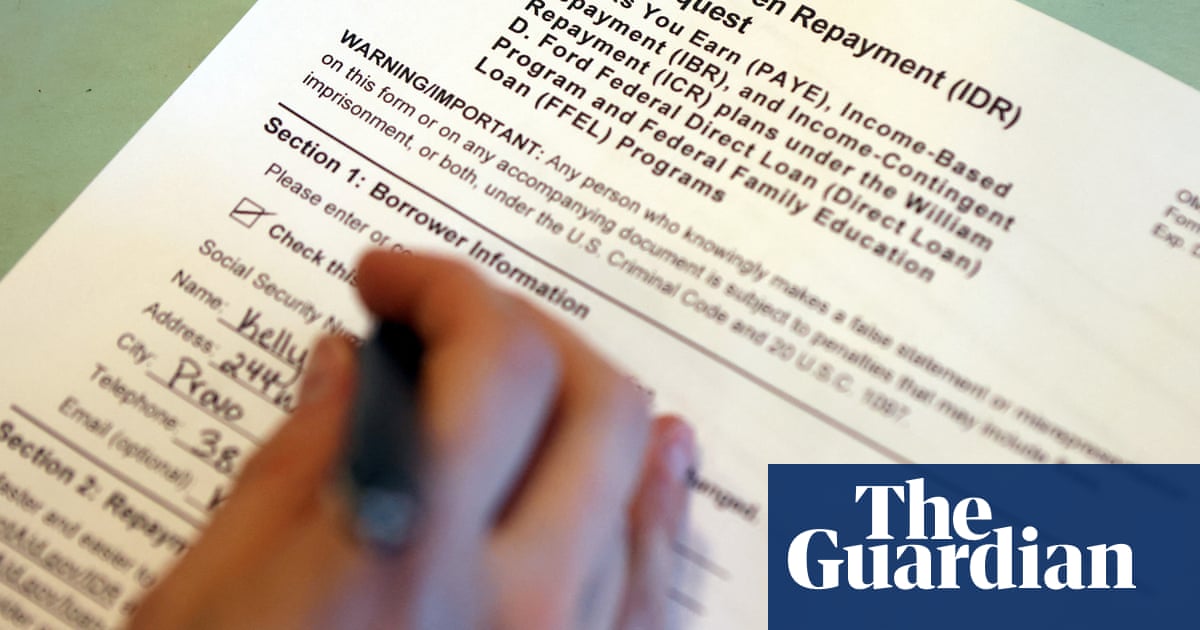Nearly one in three federal student loan borrowers are at risk of defaulting on payments as early as July, as delinquency and default rates soar in the wake of pandemic-era repayment relief ending.
About 5.8 million federal student loan borrowers were 90 days or more past due on their payments as of April 2025, according to a new analysis fromTransUnion. That’s roughly 31% of borrowers with a payment due, up from 20.5% in February and nearly triple the 11.7% delinquency rate reported in February 2020, just before the pandemic began. The April figure represents the highest delinquency rate ever recorded.
“With over 200 million credit-active consumers in the US, the 5.8 million affected borrowers make up only a small percentage,” Joshua Turnbull, senior vice-president and head of consumer lending at TransUnion told the Guardian.
“However, for individuals who do not resolve their delinquencies, the personal consequences, particularly regarding access to credit, could be significant.”
Borrowers fall into default once they are 270 days past due. Based on current trends, approximately 1.8 million borrowers could reach default status in July 2025, making them subject to wage garnishment and other collection actions by the US Department of Education. Another one million are expected to default in August, followed by two million more in September.
This sharp rise in delinquency comes less than two months after the education departmentresumed collectionson defaulted federal loans. The updated projections mark a steep increase from May, when the company estimated 1.2 million borrowers could default by July.
The consequences for borrowers extend beyond collections. Those who become delinquent are seeing significant declines in their credit scores by an average of 60 points, according to the report.
More than one in five borrowers who are now 90 or more days delinquent had previously been in “prime” or “super prime” credit tiers. After falling behind, fewer than one in 50 remain in those top tiers, with many dropping at least one full risk category.
While only 0.3% of borrowers are currently in default, a relatively small amount of the population, the growing number of those in serious delinquency could signal continued trouble ahead. The slight increase from March to April, just 0.4 percentage points, suggests some borrowers may be trying to catch up, but the overall trend points to mounting financial stress among student loan borrowers.
